The Art of Black and White Photography, 2nd Edition
Techniques for Creating Superb Images in a Digital Workflow
Torsten Andreas Hoffmann
Black and White, Ebook, Photography, Popular Techniques, Print, Print and digital bundleRead More
Over the last few years, most books on photography have been focused on the new breed of cameras and how to master the digital imaging workflow. In The Art of Black and White Photography author and photographer Torsten Andreas Hoffmann takes a different approach, focusing on image composition and image capture, with an emphasis on the creative aspects of black and white photography rather than on the digital workflow.
After introducing the ground rules of composition, Hoffmann illustrates their applications with his own stunning black and white images that cover various photographic genres, including architecture, street photography, portraiture, and surreal photography. Also discussed are the elements of a “photographic language,” which distinguishes creative photography from random shooting. Finally, you will learn valuable post-processing techniques, mostly using Photoshop, that emphasize the functions necessary for creating outstanding black and white images.
This second edition has been updated to include Photoshop CS5, as well as brand new images, content, and a revised layout.
Read Less
- eBook: $35.99
| BOOK AUTHOR | Torsten Andreas Hoffmann |
|---|---|
| PAGE COUNT | 264 pages |
| TRIM SIZE | 8 x 10in |
| COVER | Soft Cover |
| ISBN | 978-1-933952-96-3 |
| PUBLISH DATE | 01/2012 |
1 review for The Art of Black and White Photography, 2nd Edition
You must be logged in to post a review.
Related products
-
David Busch’s Canon EOS Rebel SL2/200D Guide to Digital SLR Photography
Camera Brands, Canon, David Busch, Ebook, Photography, Print, Print and digital bundle This product has multiple variants. The options may be chosen on the product page $31.99 – $49.99Price range: $31.99 through $49.99David Busch’s Canon EOS Rebel SL2/200D Guide to Digital SLR Photography
Camera Brands, Canon, David Busch, Ebook, Photography, Print, Print and digital bundle This product has multiple variants. The options may be chosen on the product page $31.99 – $49.99Price range: $31.99 through $49.99 -
The Enthusiast’s Guide to Photoshop
Ebook, Enthusiast's Guides, Image Editing, Photography, Photoshop, Print, Print and digital bundle This product has multiple variants. The options may be chosen on the product page $19.99 – $34.99Price range: $19.99 through $34.99The Enthusiast’s Guide to Photoshop
Ebook, Enthusiast's Guides, Image Editing, Photography, Photoshop, Print, Print and digital bundle This product has multiple variants. The options may be chosen on the product page $19.99 – $34.99Price range: $19.99 through $34.99 -
The Fujifilm X100F
Camera Brands, Ebook, Fujifilm, Photography, Print, Print and digital bundle This product has multiple variants. The options may be chosen on the product page $22.99 – $34.99Price range: $22.99 through $34.99The Fujifilm X100F
Camera Brands, Ebook, Fujifilm, Photography, Print, Print and digital bundle This product has multiple variants. The options may be chosen on the product page $22.99 – $34.99Price range: $22.99 through $34.99 -
Out of stock
Dusk to Dawn
Ebook, Exposure, Landscape, Lighting, Photography, Popular Techniques, Print, Print and digital bundle, Specialized Topics This product has multiple variants. The options may be chosen on the product page $31.99 – $49.99Price range: $31.99 through $49.99Dusk to Dawn
Ebook, Exposure, Landscape, Lighting, Photography, Popular Techniques, Print, Print and digital bundle, Specialized Topics This product has multiple variants. The options may be chosen on the product page $31.99 – $49.99Price range: $31.99 through $49.99
Related products
-
David Busch’s Nikon D7500 Guide to Digital SLR Photography
David Busch, Ebook, Nikon, Photography, Print, Print and digital bundle This product has multiple variants. The options may be chosen on the product page $35.99 – $54.99Price range: $35.99 through $54.99David Busch’s Nikon D7500 Guide to Digital SLR Photography
David Busch, Ebook, Nikon, Photography, Print, Print and digital bundle This product has multiple variants. The options may be chosen on the product page $35.99 – $54.99Price range: $35.99 through $54.99 -
Out of stock
Dusk to Dawn
Ebook, Exposure, Landscape, Lighting, Photography, Popular Techniques, Print, Print and digital bundle, Specialized Topics This product has multiple variants. The options may be chosen on the product page $31.99 – $49.99Price range: $31.99 through $49.99Dusk to Dawn
Ebook, Exposure, Landscape, Lighting, Photography, Popular Techniques, Print, Print and digital bundle, Specialized Topics This product has multiple variants. The options may be chosen on the product page $31.99 – $49.99Price range: $31.99 through $49.99 -
Chroma
Ebook, Lighting, Photography, Popular Techniques, Print, Print and digital bundle, Specialized Topics This product has multiple variants. The options may be chosen on the product page $31.99 – $49.99Price range: $31.99 through $49.99Chroma
Ebook, Lighting, Photography, Popular Techniques, Print, Print and digital bundle, Specialized Topics This product has multiple variants. The options may be chosen on the product page $31.99 – $49.99Price range: $31.99 through $49.99 -
The Fujifilm X-T20
Camera Brands, Ebook, Fujifilm, Photography This product has multiple variants. The options may be chosen on the product page $19.99 – $34.99Price range: $19.99 through $34.99The Fujifilm X-T20
Camera Brands, Ebook, Fujifilm, Photography This product has multiple variants. The options may be chosen on the product page $19.99 – $34.99Price range: $19.99 through $34.99

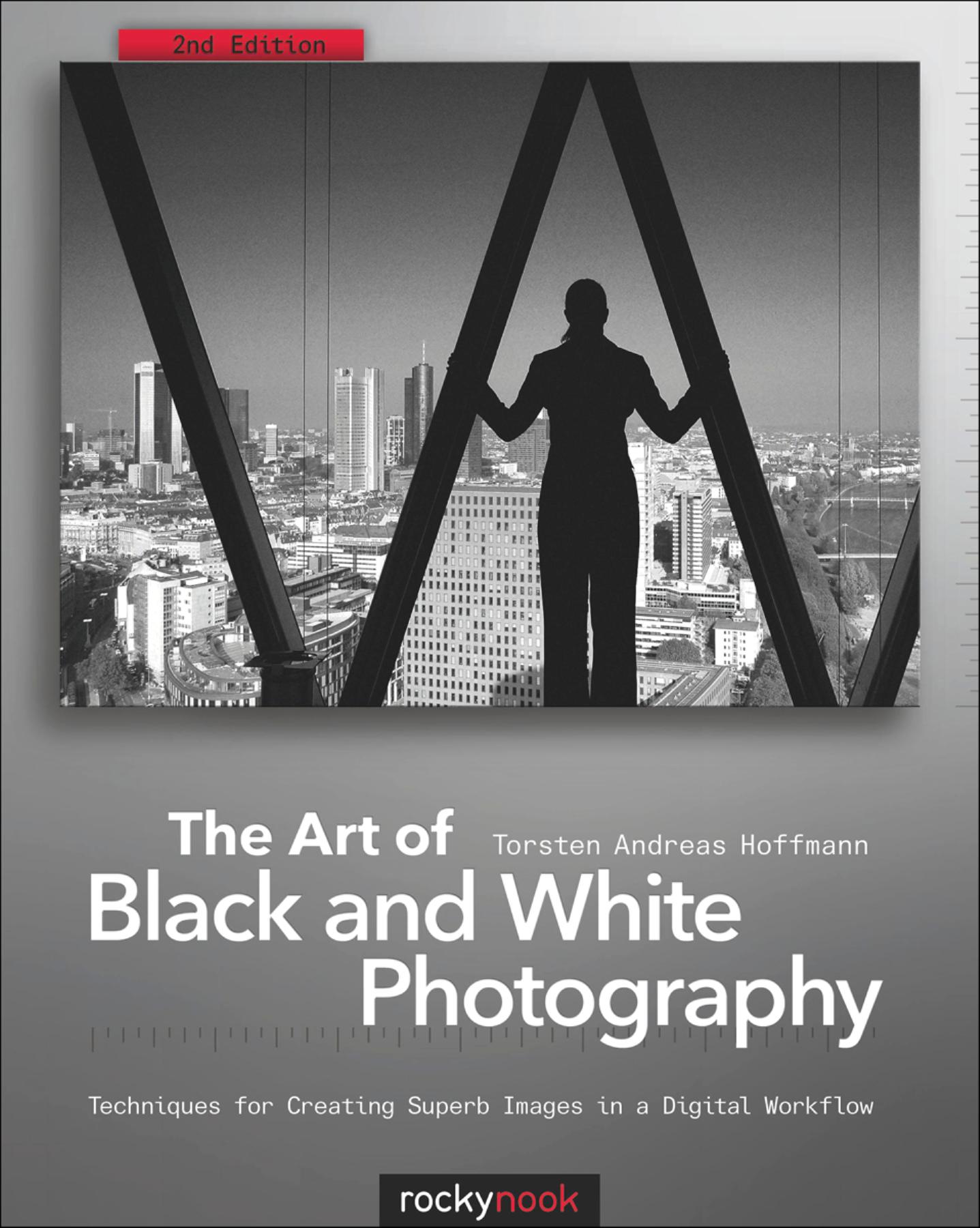
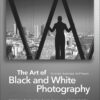

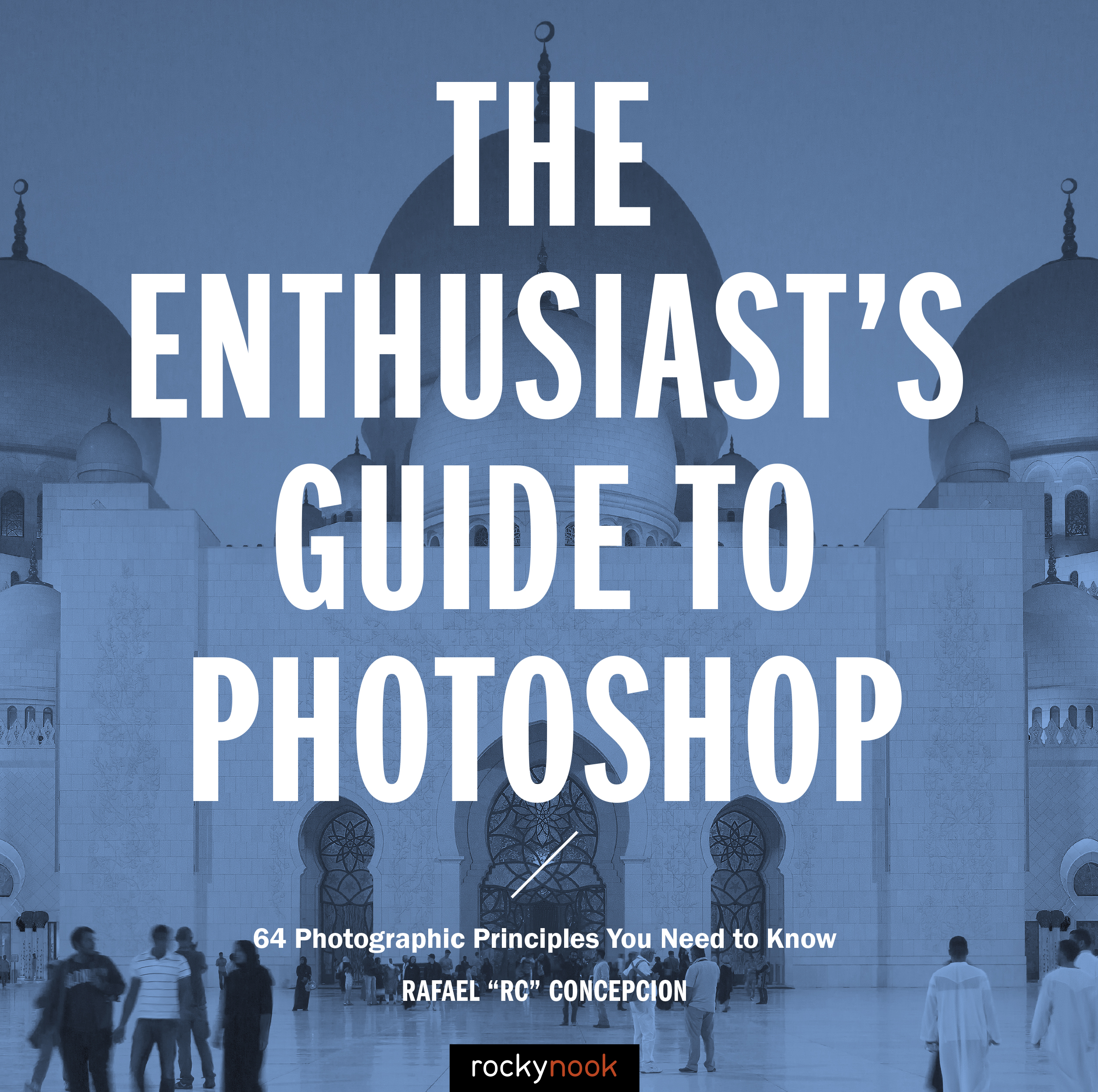


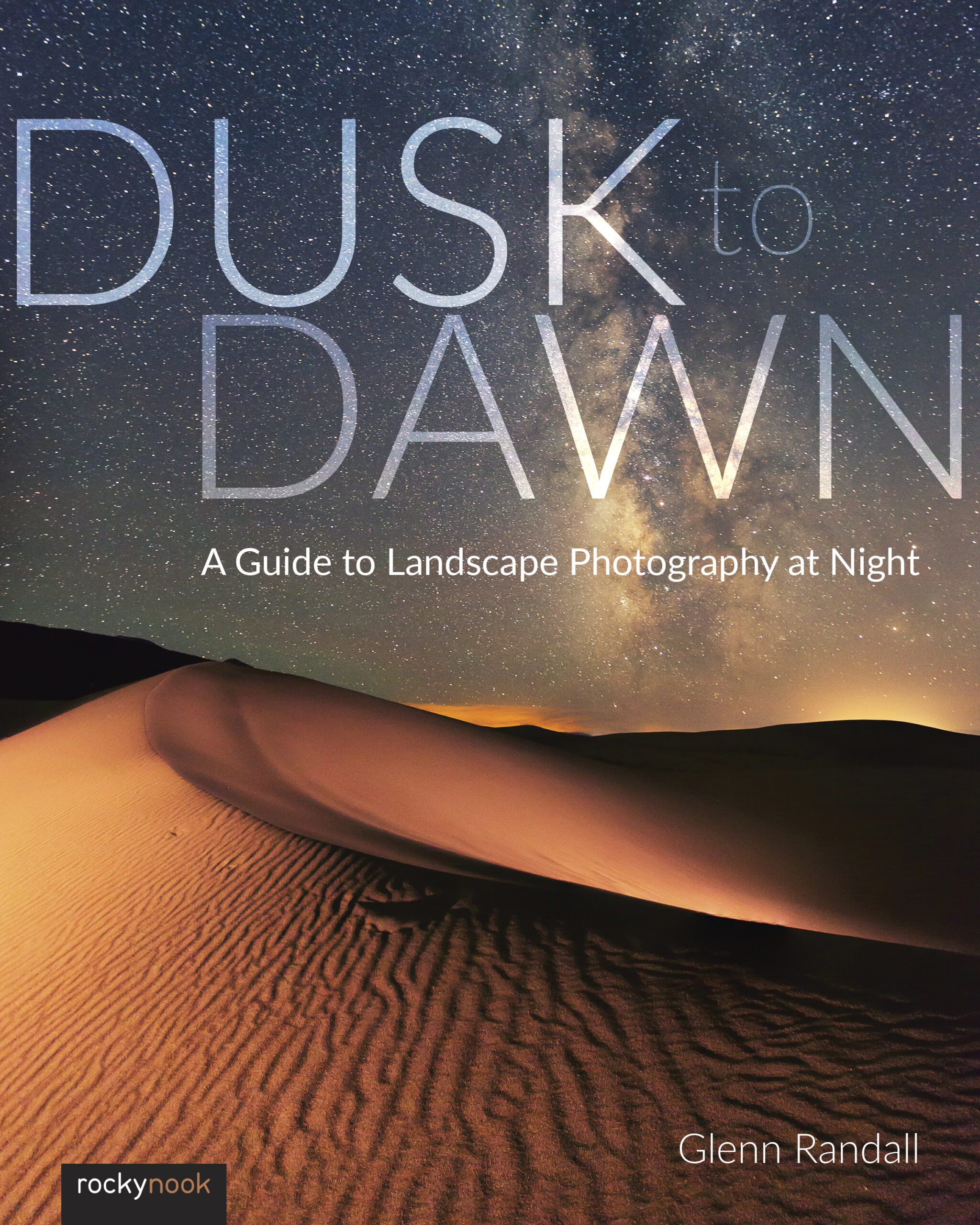

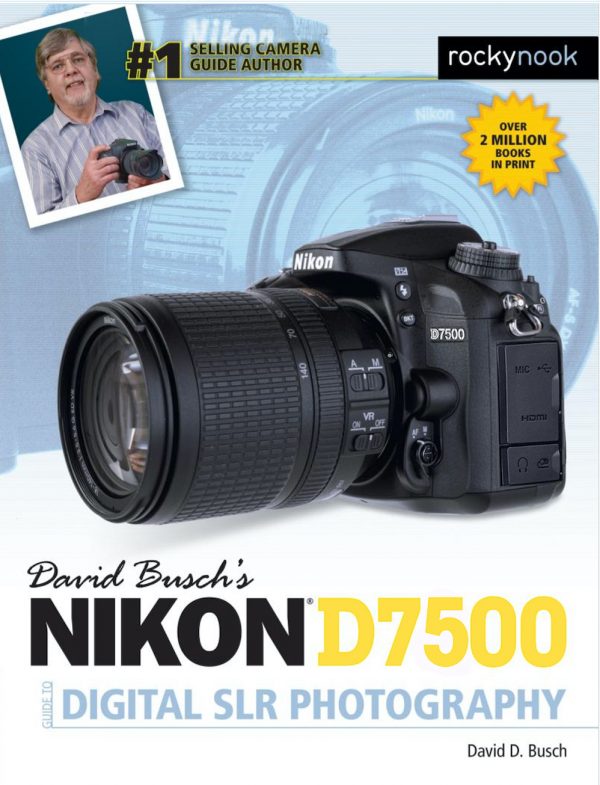

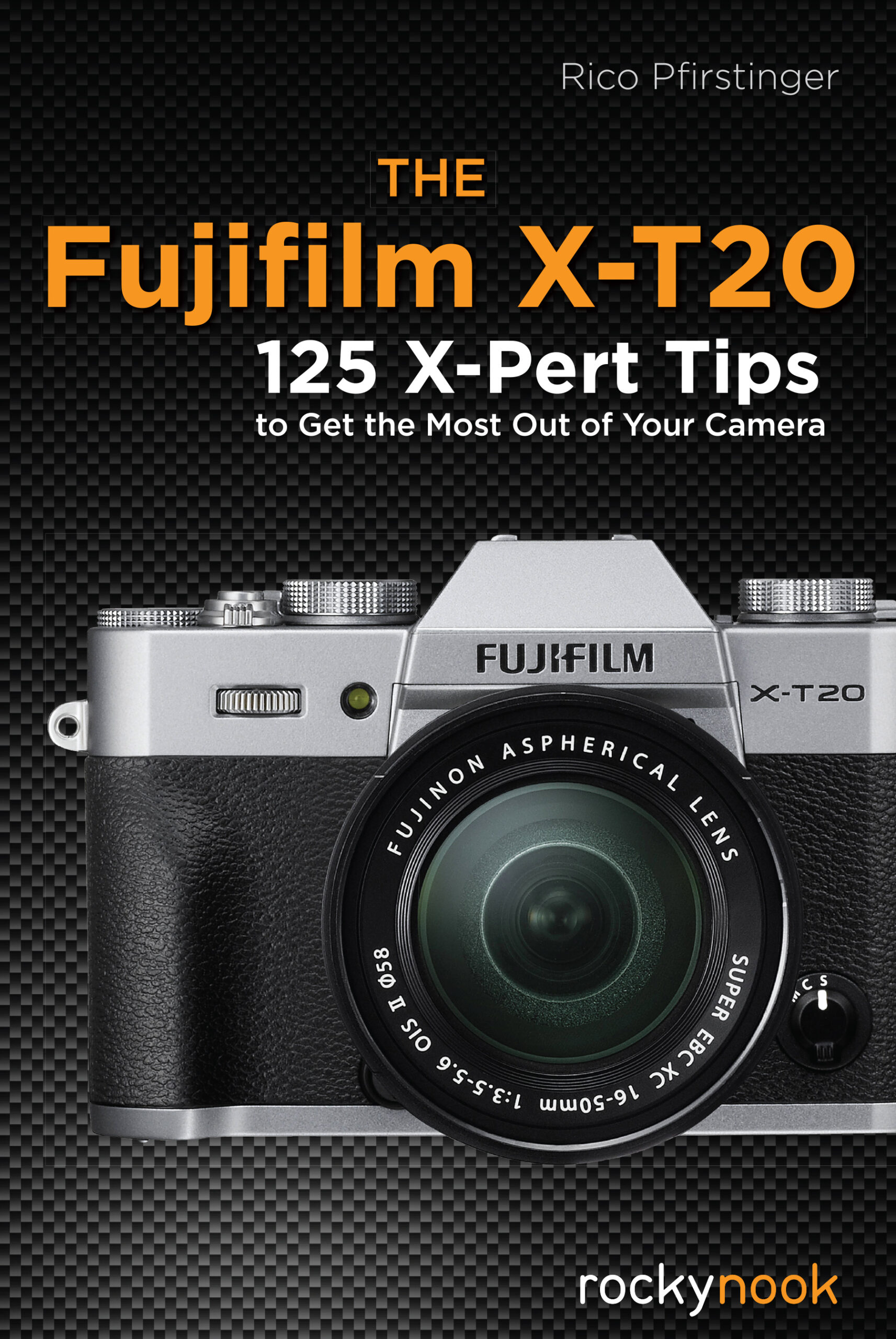
Gloria
This is my first book by this author so I am interested in what he says. He begins, of course, by discussing camera choice and the use of filters. I love, though, his first chapter after the basics which is entitled “overcoming clichéd photos”. How could you not rip into that chapter 1st thing 🙂
I like this author already.
In the cliché chapter, he tells us to ask ourselves whether something we are going to photograph is really worth it, whether it expresses our feelings and shows in “authentic instant“ in the world. Good point because I don’t often enough think of that given that with digital you can snap hundreds of pics at no cost. At the end of that section, he gave some great examples of shooting clichéd scenes with just enough difference to make them new again. For example, there’s a great shot of the New York skyline: women doing yoga with the New York skyline behind them.
In his discussion on street photography he discusses creating a Hitchcock atmosphere 🙂 In that same part of the book he also covers architectural photography and landscape photography in black-and-white. Interesting that with his landscape photography he tries to demonstrate the death of the nature-for example, silhouettes of dead trees. Certainly seems relevant in today’s world. He discusses one photo of the interior of a mall which is all horizontal and vertical lines-and then in the middle of it, on an escalator is a little girl. The girl, of course, gives the photo life — the author says he waited a very long time at that viewpoint for just the right human to wander into the scene.
He also covers, in that section, doing abstracts, portraits, surreal black-and-white photography, and even mystical photography. The author covers so many varieties of photos to consider taking in black-and-white that the thought of doing it becomes an adventure in itself. The book presents us with more options than are usually given in the average photography book, especially on black and white.
The author continues to surprise me by providing several chapters on composition. Most books whose main subject is not composition contain a small piece on composition but nothing so comprehensive as in this book. For example, he discusses condensing compositions (less is more) so that you pare it down to the critical elements in the freezer. He also covers the golden ratio, axial symmetry, and the fact that a triangular com- position is more dynamic than others. Toward the end of the composition section, he talks about the pictorial guides, or how to guide the viewer’s eye through your photo. In an aside he mentions that Edward Weston, master of street photography, hid his camera behind his coat and shot through a buttonhole! Especially enjoyed his piece on circular composition, not something I read about very often.
To a greater degree than many others photography writers, Hoffmann takes on topics often not covered; for example, toward the end there is a chapter on “interesting irritations”! Coming across an unusual topic like that makes a book that much more fun to read. Hoffmann’s final section is on processing the pics once you take them. I especially like his piece on using the lasso tool which I hadn’t seen given such attention before.
I highly recommend this book. It is not only quite comprehensive in what the author tells us about black-and-white photography, it’s also entertaining! Where else would you find a chapter on interesting irritations 🙂